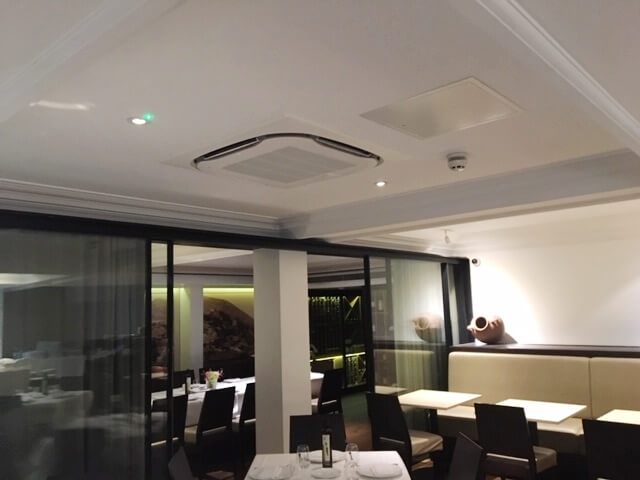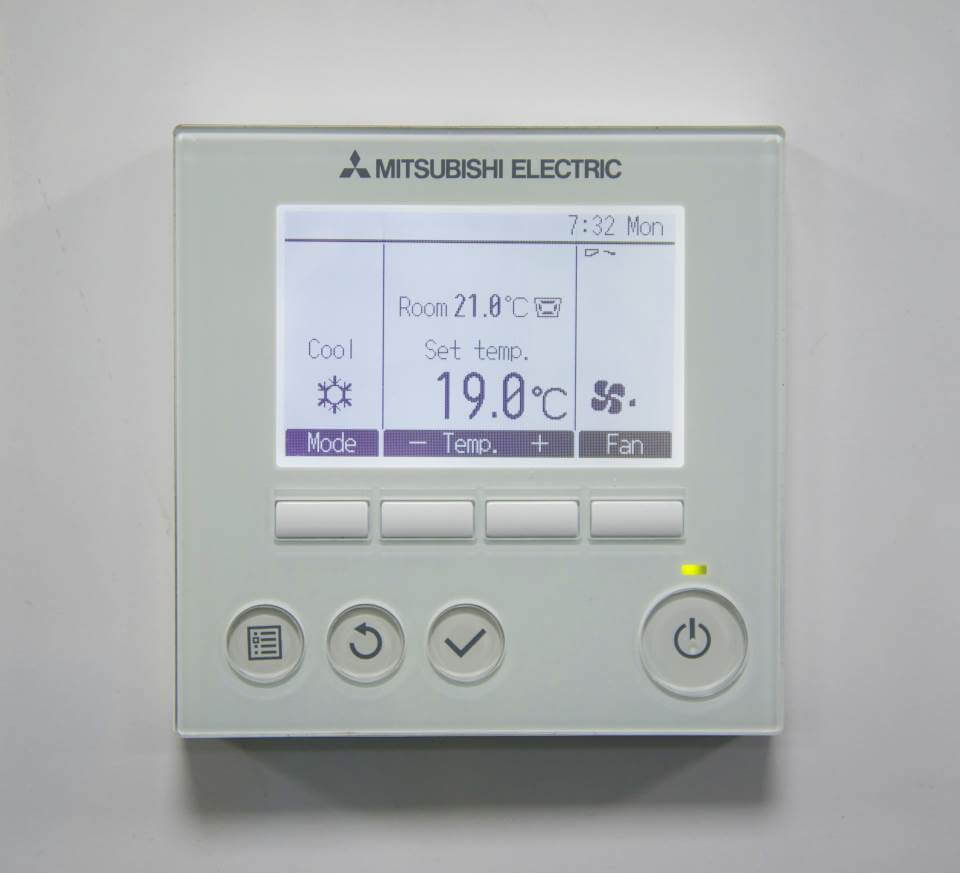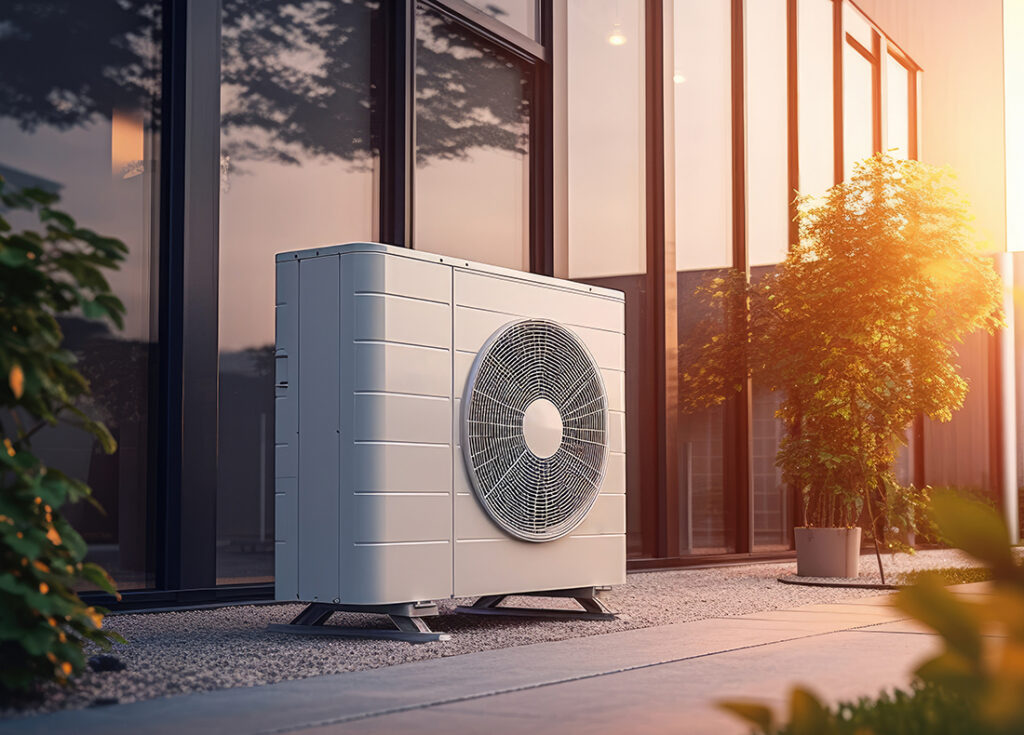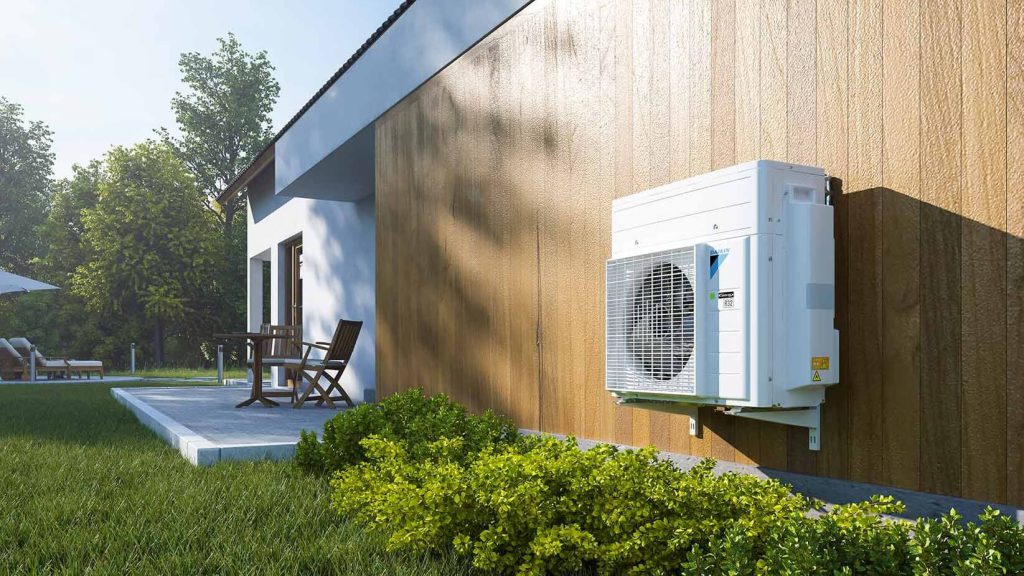Who Do We Have To Thank For Air Conditioning?

Estimated reading time 10 minutes
Where air conditioning is present, we generally take it for granted. It’s only when temperatures are higher or lower than normal that we appreciate the ability to control indoor temperatures to ensure a comfortable environment.
According to the International Energy Agency (IEA) there are estimated to be around 2 billion air conditioning units in operation across the world. They also state that “energy consumption for space cooling has more than tripled since 1990” and “over the next three decades the use of air conditioners is set to soar, becoming one of the top drivers of global electricity demand.” The IEA predict there will be an increase of air conditioning to 5.5 billion units globally by 2050.
So, who do we have to thank for the AC that we take for granted today? This article highlights the many people who played a part on the road to inventing the modern air conditioning system.
Through The Years
In a previous article we discussed how the use of “air conditioning” could be traced back to the Egyptians. There is evidence that a primitive form of air conditioning was used by the Egyptians to keep their rooms cool despite high outside temperatures. This was achieved by hanging wet reeds in the windows. As the water on the reeds evaporated the air blowing through the window was cooled making the inside of the building cooler and more comfortable.
Chinese engineer Ding Huan invented a seven-wheel rotary fan in the 2nd century which was manually powered. In 747 Emperor Xuanzong had a cool hall built. The hall was kept cool by a device called a Tang-Yulin, which was powered by water fan wheels.
In 1620 Cornelis Drebbel, a Dutch inventor used salt in snow or ice in a variety of vats and troughs to cool part of the Great Hall of Westminster Abbey for James I of England. This feat was described as “Turning Summer into Winter”.
Benjamin Franklin, the founding father of the USA and John Handley a chemistry professor at Cambridge University came together in 1758 to conduct the first documented experiment to test the principle that evaporation of highly volatile liquids like alcohol or ether could be used to freeze an object by rapidly lowering its temperature. They were able to lower the temperature from 64°F to 7°F. Franklin noted that “From this experiment one may see the possibility of freezing a man to death on a warm summer’s day.”
Michael Faraday, an English scientist, chemist and inventor discovered in 1820 that compressing and liquefying ammonia could chill the air inside a room when the liquefied ammonia was allowed to evaporate.
John Gorrie, a doctor in a hospital in Apalachicola, Florida believed that cold could help healing and advocated for the use of ice to cool sickrooms and to reduce fever. In 1842 Gorrie used compressor technology to make ice which he then used to cool the air in his hospital, by blowing air across the ice, in an attempt to cure an outbreak of Yellow Fever. Gorrie is the first person cited to believe that his idea could be used to regulate the temperature in rooms and buildings across entire cities. Gorrie’s prototype was not entirely successful as it leaked and didn’t always work consistently, however, he was granted a patent for his ice-making machine in 1851. Unfortunately, Gorrie died in 1855 having never had the opportunity to realise his idea of making AC common place.
In 1901 an American inventor and graduate of engineering from Cornell University, Willis Carrier (known today as the father of the modern air conditioner), invented the first large scale modern electrical air conditioning system. Carrier was tasked with solving an issue of humidity at the Sackett-Wilhelms Lithographing and Publishing Company which was causing problems with the paper being printed on and the ink being used to print. In 1902 he installed his air conditioning system in the printing plant which not only controlled temperature but also made the humidity in the room controllable too. This was achieved by using cooling coils (filled with cold water). As the air cooled the moisture in the air increased. Using this method, the air in the plant could be temperature and humidity controlled. As a result, the “modern” air conditioner was born.
The first domestic air conditioning was installed in the home of Charles Gilbert Gates in 1914.
Willis Carrier went on to invent the centrifugal chiller in 1922, which used a central compressor which enabled him to reduce the size of air conditioning units. This type of AC unit was installed in the Times Square Rivoli theatre in 1925.
Carrier later formed the The Carrier Air Conditioning Company of America in 1933 which built a ventilation system using a belt-driven consolidating unit, blower, mechanical controls and an evaporator loop. Carrier coined the term “air conditioning” from Stuart Cramer an American engineer and inventor, who combined water with ventilation to “condition” the air in his textile factories using “air conditioning” to make the textiles easier to work with.
It wasn’t until 1931 that two inventors, H.H.Schultz and J.Q. Sherman developed what would become the most common type of individual room air conditioning unit which was designed to be installed onto a window ledge and which are still the main type of domestic air conditioning used in the US today. These units went on sale in 1932.
No Air Conditioning Without Refrigerants
Of course without refrigerants there would not be air conditioning (or freezing or refrigeration). Just as with air conditioning technology, refrigerants have continued to develop over the years in an effort to improve safety, durability, efficacy and reduce CO2 emissions.
In 1928 a generation of air conditioning refrigerants were developed by Frédéric Swarts and by a team at Frigidaire Corporation, headed by Thomas Midgley Jr. an American mechanical and chemical engineer in the 1920-1930s. These refrigerants were the first safe, stable, non-flammable, non-toxic refrigerants called chlorofluorocarbons (better known as CFCs).
R12 was the first CFC to come onto the market in 1931, followed by the first HCFC – R22 in 1934. The first azeotropic mixture (a mixture of two or more liquids whose proportions cannot be altered or changed by simple distillation), R502 – R22/R115 was produced in 1961. Today, other halogenated (but not chlorinated) refrigerants like R32 are now being used in place of R22.
Air Conditioning Today
Today air conditioning systems work on similar science to Carrier’s 1933 system however they are now much more sophisticated. Over the years air conditioning has continued to evolve with new technologies and improved design and materials and as a consequence they have become more efficient and effective in maintaining indoor temperatures, humidity and air quality.
In the distant past air conditioning technology was an expensive commodity and, in many cases, simply a luxury. Today air conditioning is becoming more and more prevalent and in many cases a requirement as global temperatures continue to rise. Air conditioning is also more affordable today. In 1932 domestic air conditioning would have cost $10,000 to $50,000 (which would be equivalent to between approximately $224,660 to $1,123,000 today)!
The first air conditioning units were extremely large measuring 7ft by 6ft by 20ft! They were also very loud. Today’s technologies have enabled air conditioning units to become far more compact and quieter. Air conditioning today takes up far less space and is more pleasing to the eye as it can be designed to subtly integrate with your interior décor.
Air conditioning is now far more energy efficient. Units only 10 to 20 years ago consumed considerably more energy. Improvements have been made in better construction, new refrigerants, changes to air flow design, improved compressors and variable speed fans, better insulation, improved sealing of ductwork, the use of programmable thermostats and eco mode settings that enable energy savings. Many of today’s air conditioning systems have an A+++ energy efficiency label. Not only is this kinder to the environment, but it also means lower energy bills.
Note: it’s important to remember that Heating, Ventilation and Air Conditioning (HVAC) systems are like any other piece of equipment in that there are a number of factors which determine how much energy they use and how energy efficiency they are. These include: the design and layout of your building, the required indoor temperature, whether you have a thermostat or control system installed to control operating times and to maintain heating or cooling where it’s needed, the make and model of the HVAC, the design of your HVAC system, the location of your system and the number and size of the units.
Effective proactive (preventative) air conditioning maintenance also plays a vital role in energy efficiency and can cut costs between 5% and 50% depending on the HVAC system and components when compared to businesses that maintain their HVAC equipment reactively.
Today many air conditioning systems use smart technology which wouldn’t have been available in the past. Instead of having to manually set and change the temperature as and when required, you can install a thermostat which will control room temperature. You can also optimise air conditioning systems through the use of programmable logic controllers (PLCs) which can manage changes automatically based on real-time data and an understanding of what’s required in any given set of circumstances. Estimates suggest that installing an automatic HVAC optimisation control system can save up to 25% on energy costs.
AC systems can also enjoy the benefits of app and voice control, allowing you to cool or heat a specific room in your home or building at your convenience.
Today we are far more aware of the impact of air pollution and the need for improved air quality and understand that air pollution can inflict damage on human health at even lower concentrations of air pollution than previously thought. Air conditioning systems today can play a major role in filtering and cleaning pollen, irritants and particulate matter from the air preventing them from finding their way into a building. As long as an air conditioner is properly maintained, filters are cleaned or replaced as required and the system is well maintained then an air conditioner will filter out particulates, dust and germs, ensuring the quality of the air within the building.
The first air conditioning unit was a one size fits all product. There was no choice. Today there are hundreds of brands and models on the market to choose from. There are various types of units available and systems are designed according to specific building needs and to blend in with the inside of a building. Other systems are also available like heat pumps. What in the past was extremely limited in terms of choice now provides varied and customisable solutions to meet every need.
Synecore
Synecore is an expert in air conditioning design and installation in Kent, London, Surrey, Sussex, Essex. We are at the forefront of technological changes in the HVAC industry. We provide the installation of high-quality products from leading manufacturers. Our customers also benefit from our 7 year warranty when they sign up to our planned preventative maintenance plan that offers complete peace of mind. At Synecore we offer the best solutions for your air conditioning installation. We’ll find the right application for you.
If you are looking to install a new air conditioning installation or need to replace an old system, contact our team or call on 01795 509 509. We’ll talk you through your options and provide you with expert advice on the right office air conditioning system for you.



